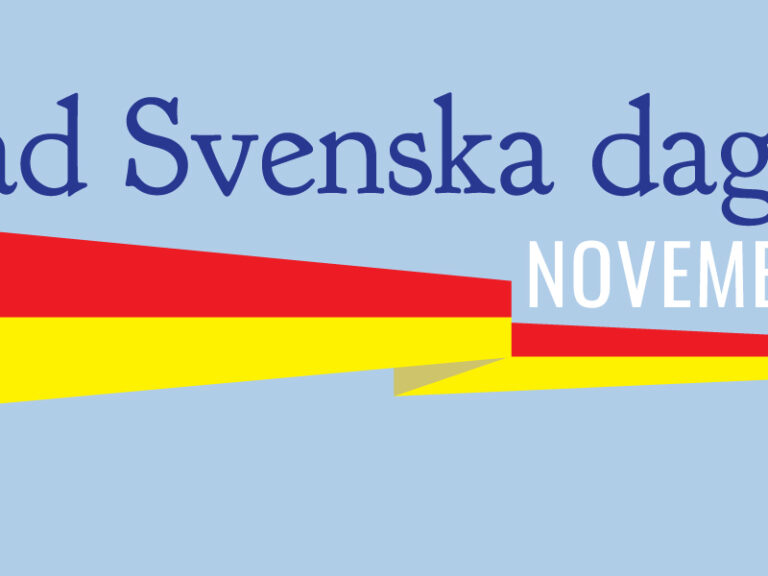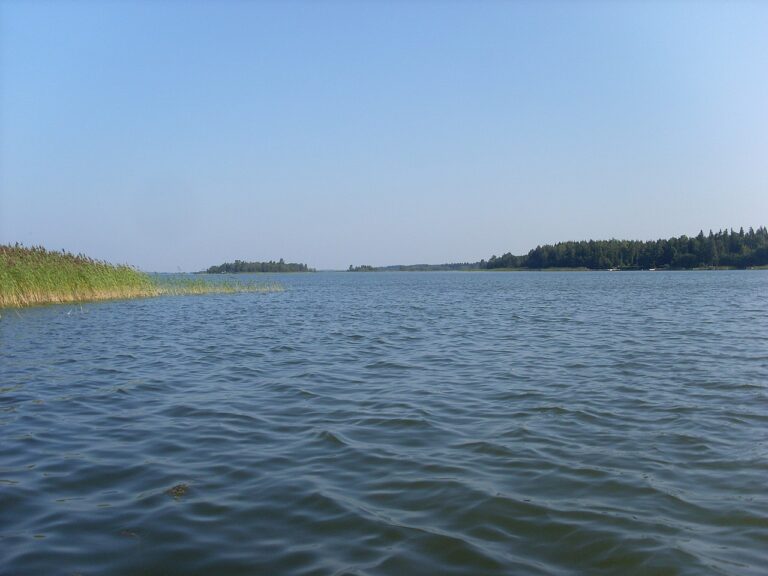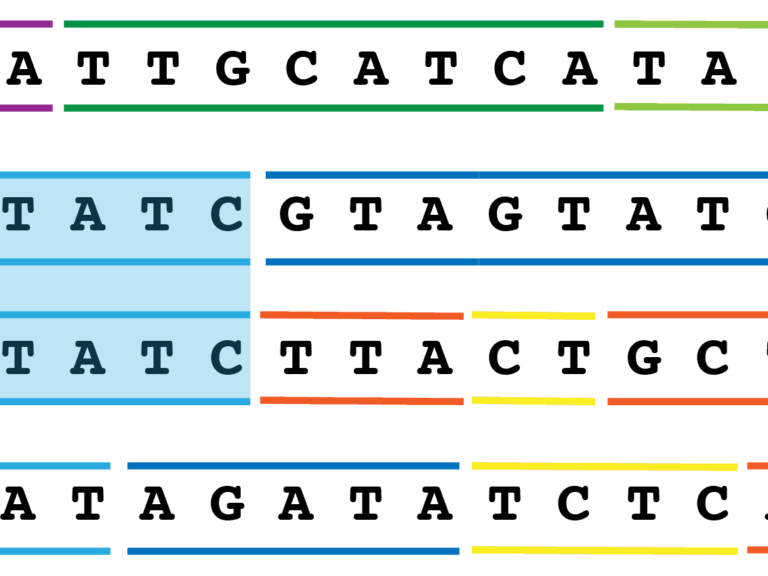From “Den Österbottniska Byn” by Joel Granvik.
Translated to English by June Pelo.
The village of Kortjärvi is shaped like a triangle, with the base facing northwest toward the church village. It points to the south between Evijärvi and Vetil parishes. It is hilly and well-forested. About 20 small lakes and marshes are found in the village and the farms lie along the water.
The buildings are divided into three parts: the Kortjärvi farms in the north; Högnabba in the middle and Småbönders in the south. Småbönders lies about 60 km east of the Gulf of Bothnia. The Swedish Ostrobothnians have not penetrated so far into the country in any other place except here.
At the beginning of the 1900s there were 80 farmhouses in Kortjärvi, in addition to craftsmen and crofter cottages. Nearly all the farmhouses were painted red with white corners and had six rooms: main living room, 2 front rooms, entry hall and 2 end rooms.
All the house names and nearly all the owner’s names were Swedish; on the other hand, several marshes and lakes had Finnish names. In the Kortjärvi family group nearly all the house names ended with –backa: such as Byggningsbacka, Storbacka, Bodbacka, Österbacka, Söderbacka, Djupsjöbacka and Långbacka. The situation at Småbönders was the same. There were Manderbacka, Vistbacka, Storbacka, Långbacka, Kvarnbacka and Heimbacka. But in the Högnabba farm group not all house names ended in –backa. There was Grannabba, Sandvik, Skytte, Pållas and Simjos, Dalvik, and Granvik. There was also Rymbacka, Bärtbacka, Skallobacka, and Snårbacka, but all of those were crofter’s places.
Previously the houses were built around a square with a courtyard in the middle. There were rarely four houses in such a farm group, but often there were three and on the fourth side there was a horse stable with a loft and swallows. The barn wasn’t built close to dwellings.
At the turn of the century a quiet and God-fearing people lived there. There were many scribes who, with their knowledge, could put the priests down. In the Högnabba area and at Småbönders a more restless people lived there who certainly were more go-ahead and less conservative than the first group mentioned, but at the same time they tended to party and drink.
At Djupsjöbacka an old flour mill (Djupsjäbacka flour mill) was found. At the turn of the century there were two flour mills along the edge of the village. At the end of the 1800s there was also a saw mill (Djupsjöbacka saw mill); the saws were driven by water power from the canal that flowed from Djupsjö to the mouth of Kortjärvi sea.
Visitors waiting at the mill were well-behaved. One reason was the ghost that was around the mill. At the turn of the century superstitions were still very common in the parish. Here and there were little hauntings, especially at the time of death. At a place where people didn’t always live a disciplined life there were constant hauntings. One such place was Pickvisbacka. There were goblins living near ‘Busas-lindå’ and when anyone stayed there for any length of time they were frightened out of their senses.
There were men of distinction living in the village during the 1800s and early 1900s such as Anders Gustav Skytte (Pållars Anders Gustav) and Karl Storbacka (Jakobas-Kalle). They were both large, strong men, enterprising and wise. As a young man Anders Gustaf Skytte emigrated to America and struck out for adventure in the Wild West. He said, “Better to fight alone than to have a bad friend.” In olden days he owned the largest house in the village with 25-30 cows, and 4-5 horses. He also had the trust of the community.
Karl Storbacka was busy with useful things. He was the land surveyor for the parish. He worked in the woods and did estate inventories and wrote up inheritances. His writing style was neat, and his speech was clear and intelligible. Karl was the uncle of economic advisor J. E. Hästbacka.
Among those versed in the scriptures was Österback-Janne, who worked healing the soul and body. Smith Viktor Bygdén acquainted communion school children from Kortjärvi with the Bible.
At Småbönders and Högnabba there was Matts Skytte (Simjos-gubben) and Viljam Vistbacka. In this village as in Terjärv, religion has always been a source of spiritual strength.
Another strong man was Nylands-Jack or crofter Johan Dahlstrom who, when he cut wood placed the wood so evenly that they looked like bricks. And when he cut spruce branches to scatter under the cows, he piled chopped straw around neatly. He did not become rich from his neat methods, but he was a good example to those who had a talent for disorder. He lived to an old age. He went to church every Sunday and slept in his pew, but nevertheless when he went home, he knew what happened and could relate what the pastor said.
There were also strong women in the village at the turn of the century. One of them was Låta-Hanna (Hanna Dalvik). Although small in size, she could handle a rye sack of 60-70 kg as easy as other women handled a feather bed. One time she fell into a deep well and hurt herself badly on the stone enclosure. The farm people gathered around and wondered how to get her out of the well. But while they thought, Hanna climbed up and calmly began to wash the blood from her face. She was from a strong family. Her brother Karl Dalvik, the Older, was a champion marksman and woodsman. At 75 years of age, he still crossed miles of woods and wilderness and shot his gun expertly without the use of glasses.
At the turn of the century many settlers who lived in Kortjärvi village were farmers. Farming was different than it is now. There wasn’t much marsh ground. The rocky ground was planted with grain and rye, as well as potatoes. The first year they planted turnips and hemp and flax, but rarely did they plant spring wheat that is now common in this area. The cow milk production was lower than now, but each farmer had several more cows than now. As a result, the farmer had more than enough fertilizer for his stony hilly ground. They didn’t use artificial fertilizer.
During the latter half of the 1800s cattle breeding began to improve. This was the case at Högnabba, Djupsjöbacka and Småbonders. At first, they skimmed the cream from the milk with hand scoops. The milk stood for a day in a large metal vessel, sunk in cold water. Later they got a separator. The cream was churned to butter in a large square wooden churn which was cranked by hand.
Forestry gave the farmers wood for their own use as well as for tar. They received more money for tar than for butter. Tar was transported by noisy horse wagons along the road 5-6 km to Gamlakarleby. In olden times the tar was taken to Nykarleby – the road there was twice as long. In Kortjärvi forests today one can count at least 100 tar places. None are in working order.
Hunting and fishing provided work at the turn of the century. The many lakes were rich with fish. Many birds, hares and squirrels were found in the forests. The men fished with hook and net and most of them fished for their own use. On large farms the weakest sons furnished fish and game for the household. The men hunted with guns, but most game was caught with traps and snares. In the fall they sold a lot of forest birds and during the winter they sold squirrel skins. Most farms had hounds; harriers with hanging ears were unknown animals then.
Foxes were captured only with traps in late winter. A very successful fox hunter was farmer Matts Storbacka (Abrahams-Matt) at Småbönders. Otters were rather common a generation back and in the late winter they were subjected to harsh clubbing in the many brooks and rivers. Elk were not found at that time but had been there previously. According to Jakob Chydenius, in the mid-1700s elk, wolves and bears were found in this area, as well as marten and badgers.
During the late 1800s emigration provided income to many in the village. In the fall many young people traveled to America. During spring and summer, they returned to the village with or without dollars, but always with new ideas and customs. Craftsmen went to Petersburg, Kronstadt, Viborg and Helsingfors for seasonal work to earn money during the light months of summer and then returned home at Christmas time.
At the turn of the century there were various types of handworkers. At Högnabba there was a good smith. Smiths were also found at Byggningsbacka in Kortjärvi and at Långbacka in Småbönders. At Papas in Småbönders there was a coat weaver, and farmer Henrik Gustav Vistbacka was a glass cutter and brass worker who made bells and horse bells. The last parish barrel maker was at Storbacka in Småbönders. The tailor they used most was at Högnabba.
Matts Storbacka (Sytnings-Matt) and sons were skilled carpenters. Earlier there had been a carpenter at Peto near Svartsjö but he was most well-known as a fantastic story-teller.
During the time of Bobrikoff many young men who were eligible for military service moved from the village to Sweden. One of them, Oskar Granö (Skalloback-Oskar) learned carpentry work in northern Sweden and made an excellent type of ski. After he returned home, he produced by hand numerous tournament skis for the country’s best skiers, as well as hundreds of skis for the common folk.
In the village there were also coopers, boat builders and tanners, as well as old women. The latter were always willing and reliable midwives.
Many old customs survived in the village even at the turn of the century. No one knows their origin and significance. But they have survived from generation to generation. When the cows were taken out in the spring, the shepherd boys and girls were soaked with water. It was usually done by someone who hid in the evening when the cows could be heard on their way home. With a full water bucket, one hid behind the cow shed door or behind a rock on the road and held the bucket over the shepherd boy or girl. Sometimes they were dragged to the river or lake and dropped there. One could also drag them to a water-filled cooking pot in the sauna. That joke was quite unsanitary.
When the cows were out in the fields and wouldn’t go home in the evening, according to an old custom they were dragged by the tail backwards to the cow shed. In the winter when the cows sweat and became ill from lack of oxygen in the crowded cow shed, the reins from the stable were brought and the cows went through the loop of the reins.
When a man was fishing, he would spit on the worm when he put it on the hook. At the same time, he would say magic words that brought fishing luck. Example:
“Perch, perch Ant
Take from my string
Take in the line
As I drag it into the boat.”
When men went out to hunt, they would blend the gunpowder with crumbs to get better game.
Fights were a common occurrence in Terjärv at the turn of the century and a little before then. At a school dance at Högnabba, one old fighter used to carry in an armload of wood and throw it on the floor and urge the boys to take them as weapons. A tarred stump with nails also made a good weapon. They also used knives but did not have murder on their minds. Therefore, they took measures by putting rags or a cork on the knife so that only part of the blade stuck out. If he was fighting a large stout man, he would leave 3 inches of the blade uncovered, but if it was a very thin man he would fight, then he left only 2 inches of the blade exposed.
The last bloody wedding in the village, when both young and old fought with knives was at Låtas, when Nils Dalvik married Lovisa Fors at the end of the 1860s. An Evijärvi Finn fought a house painter from Småbönders with a knife so badly that he died several days later. An old man “Skäggen” from Skytte tried to save the painter’s life by cutting him open from the neck to the end of his back. The wounded young man’s friend Anders Mattsson Djupsjöbacka ran to the nearest inn to borrow a horse and carriage to get a doctor from Gamlakarleby. But it was hay-making time, and the farmers didn’t take their horses to the innkeeper’s place. So, Anders had to run to Gamlakarleby to get the doctor. The doctor was at his villa a half mile outside the city, so the young man had to run 60 km. It was a ‘marathon run’ that was talked about for a long time.
During the first two decades of the 1900s there was a growing interest in sports and athletics. At Högnabba there were athletes who won prizes in other countries. Fighting gradually stopped. The most famous skiers were Axel Dalvik, who died in the war 1918, Arthur Högnabba, Joel Högnabba, Julius Högnabba and Joel Skytte.





